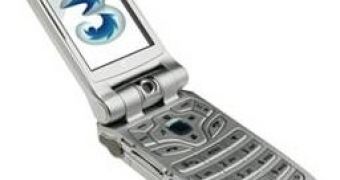Due to all the evolution and innovation in the mobile phone industry, according to J.D. Power and Associates 2007 Wireless Call Quality Performance study, the overall number of customers that are experiencing a wireless call quality problem has declined for the third consecutive time.
First conducted five years ago, the study is meant to measure wireless call quality semi-annually. The call quality is determined according to seven different customer-reported problem areas that impact carrier performance including dropped or disconnected calls, interference, failed connection on the first time, voice distortion, echoes, no immediate voice mail notification and no immediate text message notification.
The problems are measured according to the number experienced out of 100 calls (PP100). The smaller the PP100 score, the fewer total problems have been experienced. The study also shows that the percentage of wireless calls that have at least one of the problems mentioned before has declined by 14 percent since the last two reporting periods (around spring last year).
Also, significant improvements have been made when it comes to interferences, voice distortion and echoes with the number of calls that had such problems decreasing by 33 percent. Improvement in call quality is mainly due to the transition to 3G networks and mobile devices that support higher data speeds and greater voice capacity.
"One key advantage to this technology upgrade is that carriers can greatly increase the capacity of handling voice and data transmissions with existing network equipment," said Kirk Parsons, senior director of wireless services at J.D. Power and Associates.
"As more wireless subscribers use cell phones that are 3G-enabled, the rate of call quality problems decreases significantly. For example, problems occur at nearly one-half the PP100 rate when calls are placed or received using a 3G-enabled mobile device compared with calls made or received using lower-generation devices."

 14 DAY TRIAL //
14 DAY TRIAL //